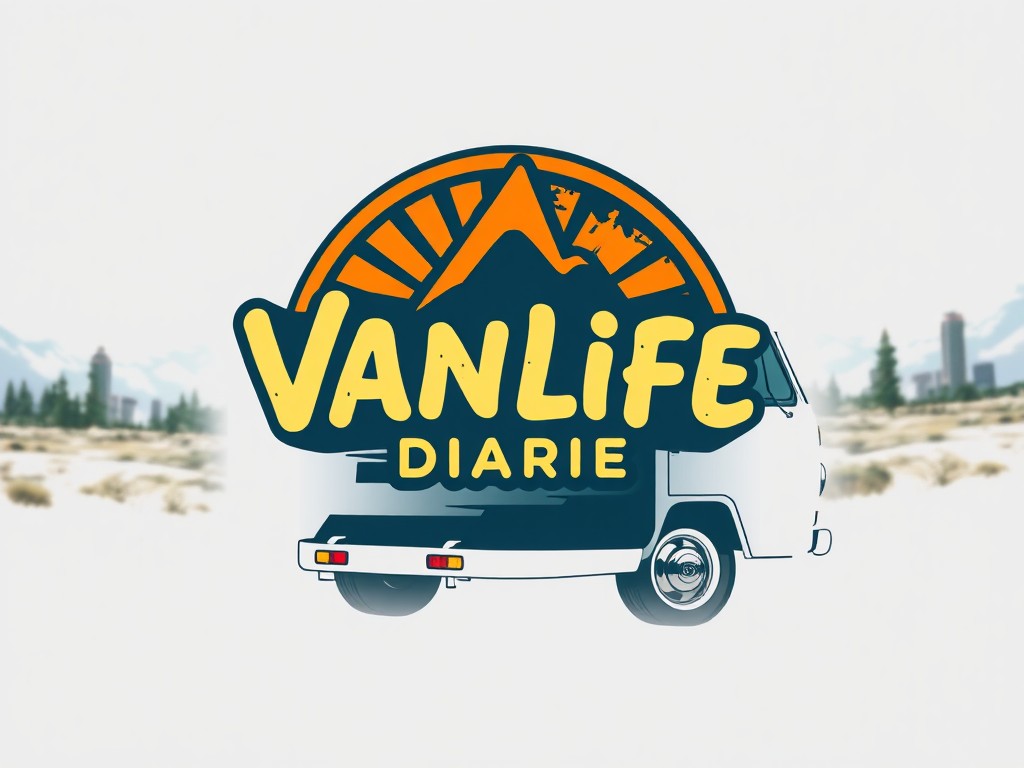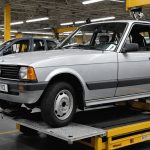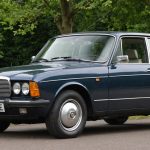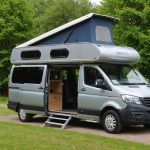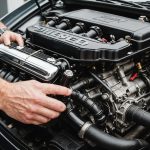Converting a van into a campervan can be a rewarding project that opens up a world of travel and adventure. However, to ensure that your campervan conversion meets UK regulations, you need to follow a series of specific steps. This article will guide you through the essential stages of converting your vehicle into a motor caravan, focusing on the key aspects that you need to consider during the conversion process.
Planning Your Van Conversion
Before diving into the actual process of converting a van into a camper, the initial planning phase is crucial. Planning will not only help you avoid costly mistakes but also ensure that the conversion meets the UK regulations laid out by the DVLA (Driver and Vehicle Licensing Agency).
In parallel : How can UK drivers maximize the range of their electric vehicles during winter?
When selecting a van, consider the body type and weight. Common vans used for conversions include panel vans like the Ford Transit or Mercedes Sprinter. Assess the weight implications as they will affect the van’s roadworthiness and compliance with safety standards.
You will need to decide on the layout and features of your living accommodation. Consider whether you want a pop top for additional headroom or fixed seats that can convert into beds. Think about the electrical system to support appliances like fridges and cookers.
Also to see : What are the best practices for maintaining a hybrid vehicle’s battery in the UK?
Budgeting is also a significant part of the planning process. The cost of converting a van can vary widely, depending on the quality and type of materials used. A DIY campervan build may be cheaper but requires more time and effort. On the other hand, professional campervan conversions tend to be pricier but offer a higher level of finish and reliability.
In summary, detailed planning will streamline your camper conversion, saving you time and money while ensuring that the project adheres to UK regulations.
Building the Living Accommodation
Once your plan is in place, it’s time to start the build. The living accommodation is the heart of your campervan and must meet specific criteria to be classified as a motor caravan.
The living area should include the following essential elements:
- Seats and a Table: The table can be removable or foldable but must be readily available for use.
- Sleeping Accommodation: The seats should convert into a bed or a fixed bed should be installed.
- Cooking Facilities: This can be a simple gas cooker or a built-in kitchen. Ensure proper ventilation when installing cooking appliances.
- Storage Facilities: Adequate storage for personal belongings and cooking utensils is essential.
When building these components, use materials that are both lightweight and durable. Plywood is a popular choice for cabinets and beds due to its strength and ease of use. For the electrical system, you will need to install leisure batteries, an inverter, and possibly solar panels to power your appliances.
Ventilation is another critical aspect. Ensure you have adequate airflow to avoid condensation and promote air quality. Installing roof vents or fans can make a significant difference.
Safety is paramount during the build. Ensure that all installations, especially electrical and gas, are up to standard. It may be worth hiring a professional to inspect these systems to guarantee they are safe and compliant with UK regulations.
Registering Your Campervan with the DVLA
After completing the campervan conversion, the next crucial step is to register your newly converted vehicle with the DVLA. This ensures that your van is legally recognized as a motor caravan, which can affect insurance, road tax, and resale value.
To register your camper van with the DVLA, you will need to provide the following:
- V5C Registration Certificate: This is the vehicle’s logbook.
- Photos: Submit clear photographs showing the living accommodation, including the seats, bed, kitchen, and storage.
- Description of Changes: A detailed description of the modifications made during the conversion.
- Declaration: A signed declaration confirming that the conversion meets the DVLA criteria for a motor caravan.
The DVLA will review your application and may request further documentation or an inspection. Once approved, your vehicle’s V5C will be updated to reflect its new status as a motor caravan.
This process not only ensures legal compliance but also offers tangible benefits such as potentially lower insurance premiums and road tax. Additionally, having your campervan officially recognized enhances its market value, providing peace of mind for both current use and future resale.
Ensuring Compliance and Safety Regulations
Compliance and safety are critical in any van conversion. Adhering to UK regulations ensures that your camper van is safe to use and legally roadworthy.
The weight of the converted vehicle is a significant consideration. Ensure that the total weight does not exceed the van’s Gross Vehicle Weight (GVW). Overloading can affect the vehicle’s handling and braking capabilities, leading to safety issues and potential fines.
Gas and electrical installations must meet specific safety standards. For gas systems, consider hiring a Gas Safe registered engineer to ensure installations comply with the necessary regulations. For the electrical system, all wiring should be appropriately rated, and circuit protection devices like fuses or breakers must be used.
Fire safety is another essential aspect. Install fire extinguishers and smoke alarms. Ensure there is adequate ventilation, especially if you’re using gas appliances.
When it comes to seats and seatbelts, the rules are stringent. Any seats that will be used while driving must have correctly anchored seatbelts that meet UK safety standards.
Lastly, ensure that your vehicle passes the MOT test after the conversion. This annual test checks the roadworthiness and environmental standards of your campervan. Regular maintenance and inspections can help keep your campervan safe and compliant with all regulations.
Living the Van Life
With your van conversion completed and registered, it’s time to embrace the van life. This lifestyle offers a unique blend of freedom and adventure, allowing you to explore new places and live on your own terms.
Living in a campervan requires a degree of adaptability and planning. Space is limited, so efficient use of the available area is essential. Invest in multi-functional furniture and compact appliances to maximize space.
Join van life communities online and offline. These groups can provide valuable advice, support, and inspiration for your travels. Websites, forums, and social media pages dedicated to van life are excellent resources for finding campsites, DIY tips, and meeting like-minded individuals.
Plan your trips carefully, considering factors like weather, road conditions, and available facilities. Apps for finding campsites, fuel stations, and amenities can make your travels smoother.
Lastly, be mindful of the environmental impact of your travels. Practice sustainable habits like using solar power, reducing waste, and respecting local wildlife and communities.
Embracing the van life offers an enriching and liberating experience. With proper planning and adherence to regulations, your campervan conversion will serve as a comfortable and compliant home on wheels.
Converting a van into a camper under UK regulations involves meticulous planning, a detailed build process, and compliance with safety standards. From the initial selection of the van and planning the layout to the final steps of registering with the DVLA and ensuring compliance, each stage is vital for creating a safe and legally recognized campervan.
By following these steps, you can confidently embark on your campervan conversion, transforming your vehicle into a functional and enjoyable motor caravan. Embrace the van life and enjoy the freedom and adventure it brings, knowing that your campervan is compliant, safe, and ready for the road.
